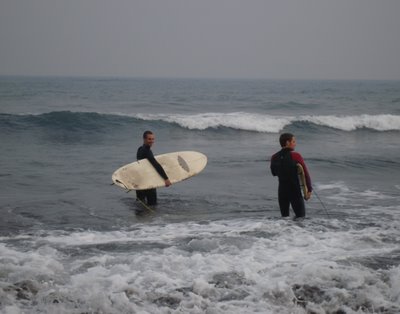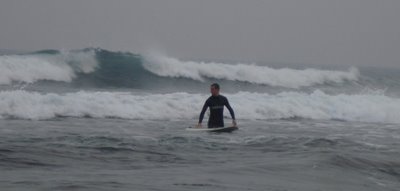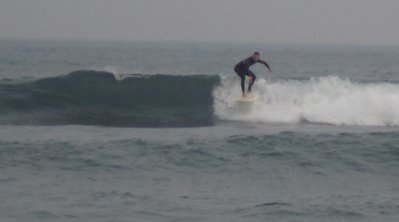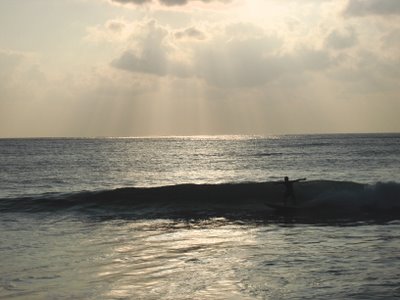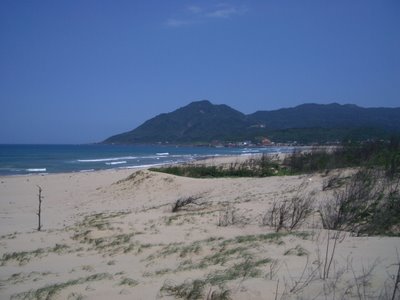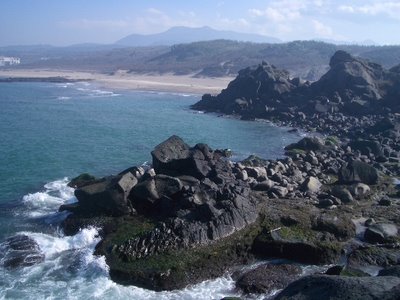I started training in kungfu in 1999, when I was a 19 year-old college student. For about 5 years I soaked in as much as I could at the Asian Martial Arts Studio in Ann Arbor, Michigan. It proved to be a great outlet after a few turbulent years of trying to study electrical engineering and balance college studies with my social life. The Asian Martial Arts Studio (AMAS) provided a solid foundation in Hunggar kungfu, Yang style Taiji, Qigong, and even lion dancing.
My interest in Chinese martial arts led to me signing up for an introduction to Mandarin Chinese course. While I ended up withdrawing from the course, my teacher was influential and recommended that we all study Chinese language abroad. Tao Laoshi (Teacher Tao) as we called her, was Taiwanese and carried an open umbrella on sunny days, which at the time seemed odd to those of us not familiar with life in Asia. Tao Laoshi gave me my Chinese name, Ke Mu-hsia. Ke(柯)as my surname since it sounds like the start of my last name Collardey. And Mu-hsia(慕俠), a reference to the swashbuckling heroes of old Chinese martial arts novels. Tao Laoshi knew my fondness of kungfu.
The following year I signed up for the same Mandarin Chinese course, albeit under another teacher. This time I figured out how to study efficiently and memorize the characters and pronunciations needed to pass the weekly quizzes. It involved repetition and writing the pinyin and the characters 3 times each for each new vocabulary term.
That Spring I decided to study abroad in Taiwan during the Summer. I landed at National Taiwan Normal University, studying intermediate Mandarin Chinese for a couple of hot and humid months in Taipei. I stayed at an International student dorm on the outskirts of Taipei and the entire experience had a major impact on the rest of my life. I had to go back to Taiwan. A few months just wasn't enough.
During my final year of college back in Ann Arbor, I plotted a way to get back to Taiwan, by any means necessary. At the time I hated getting up in front of people and especially speaking in front of others, but I had heard that teaching English in Taiwan was a sure-fire way to land a relatively high paying job with a flexible schedule. It sounded perfect as a means to an end of training kungfu.
By this time, one of my older kungfu brothers from AMAS had landed in Atlanta, where he was studying Shaolin kungfu with a teacher who did his training in Taiwan. My friend and I jumped at the chance to train with the Grandmaster when it was announced that he would be visiting Atlanta for a few days of intensive training. We drove from Michigan to Georgia for the event. My plan was to ask if I could train with the Grandmaster in Taipei after I moved back to Taiwan several months later. I nervously asked the Grandmaster in Mandarin if I could train with him and he approved. I was thrilled.
Grandmaster Lin Jian-hong ran the Shaolin Kungfu Association R.O.C. from his school in Sanchong District, just West across the Damshui river from Taipei. Grandmaster Lin was also a doctor of traditional Chinese medicine. The English as a second language cram school I lined up a teaching job with prior to returning to Taiwan had tentatively placed me at one of their English schools in Sanchong. Everything was lining up perfectly.
When I arrived back in Taipei from Michigan, myself and the rest of my ESL teacher cohort underwent intensive training for a week before leaving for our home schools where we would be teaching for the next year. I was so nervous that I could barely complete any of the training exercises that involved being in front of the white board and trying to entertain and capture our imaginary young students' attentions.
To make matters worse, towards the end of the week, I discovered that I had effectively lost the school placement lottery, and that my home school would now be based in Tucheng, which was much further south in Taipei county, and nowhere near Grandmaster Lin's kungfu school. I was devastated and tried negotiating to no avail with other teachers and the ESL staff. No one wanted to be placed that far from the hustle and bustle of Taipei proper.
 |
| Shaolin Kungfu Association R.O.C in Sanchong. |
There were guidelines I had to follow. Monthly dues were necessary, as was the custom of occasionally gifting green tea to the Grandmaster. He enjoyed drinking tea, which seemed to be an informal ceremony we often participated in, sometimes before lessons and sometimes when a break was needed.
Eventually I bought my first scooter and my 2 hour transit turned into an hour harrowing scooter ride through the polluted streets of Taipei county. Still worth it. Most mornings I would arrive around the same time as Grandmaster Lin. He would unlock the heavy steel gates of the school and dunk under the front door halfway open. It was my job to fully open the gates. These gates were not anything like some fantasy of a Shaolin temple gate. They were the standard heavy steel gates that protected most businesses in Taiwan, which roll up like a garage door. Someone once told me "everyone is looking for the temple, but they never find it" in regards to Westerners looking for martial arts training in Asia.
After the gates were open, I would pickup trash from in front of the building and sweep the entire school, from front to back. I was already accustomed to a similar task which we did on a weekly basis at AMAS in Ann Arbor.
Some days there was one other guy that would train with us. Most days it was just Grandmaster Lin and myself. On some occasions, there would be visiting students of the Grandmaster who had opened their own schools elsewhere in Taiwan, and even in the USA.
TO BE CONTINUED IN PART 2


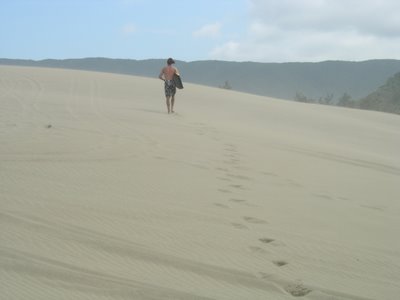


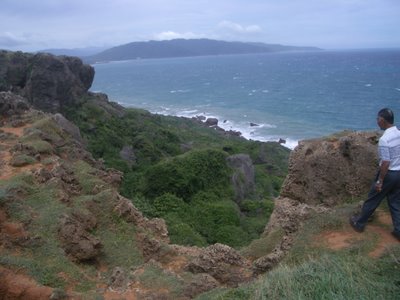

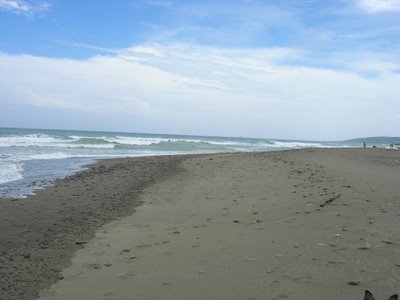
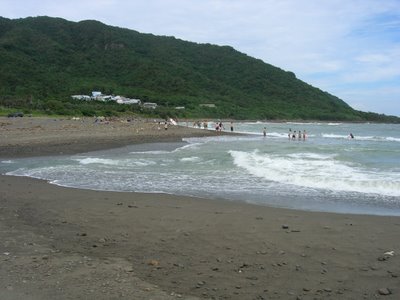

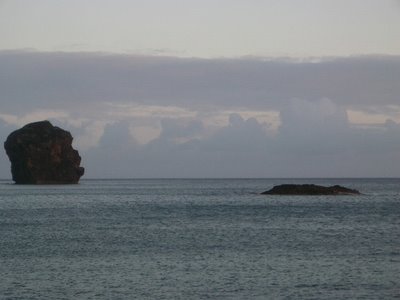

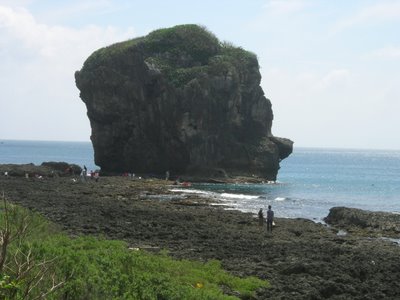


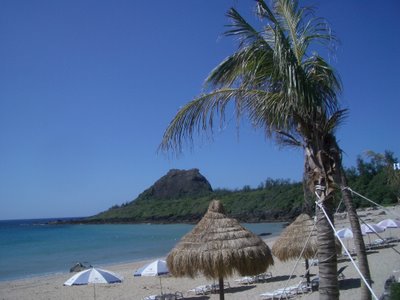
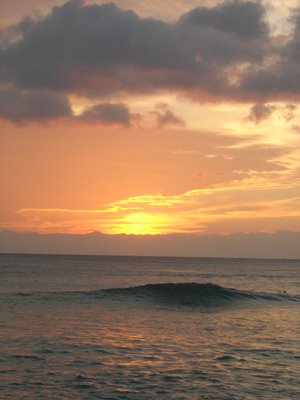














.jpg)







